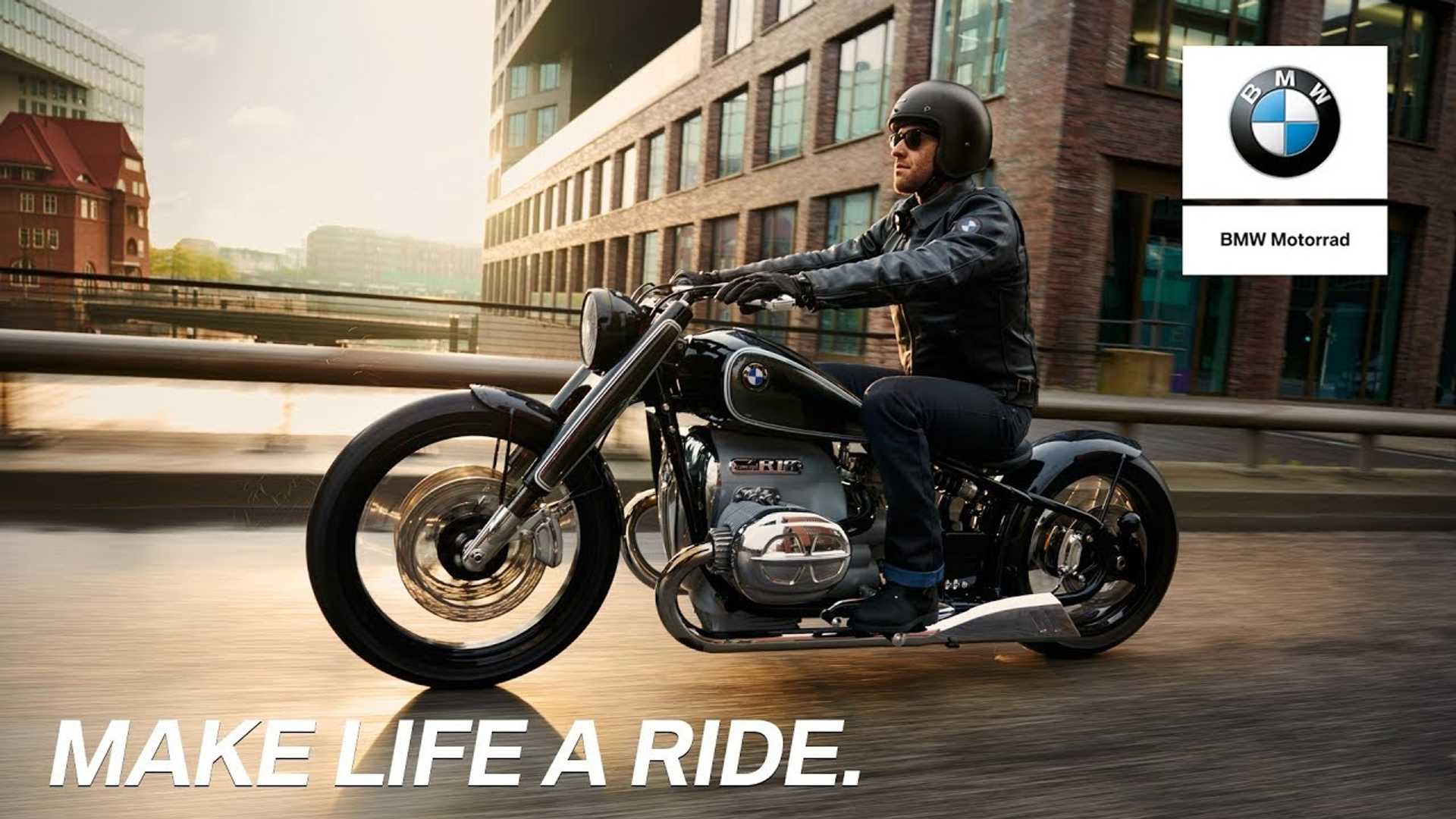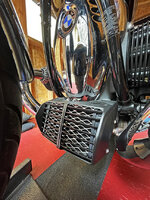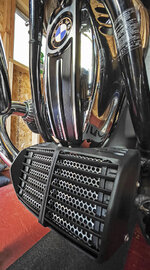Very easy to do it yourself !
What you need is an aluminium grill and small silicone tube
The grill I got for 15€, black epoxy coated (enough for 3 cooler protection)
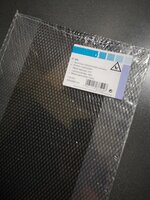
The cooler face is 19 cm by 13 cm, so cut the grill 19 cm by 17 cm to get 2 cm on each side to be bent
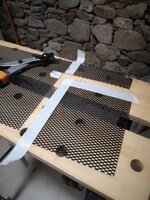
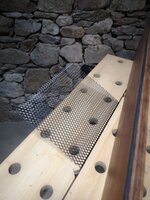
Slit 4 pieces of silicone tube lengthwise
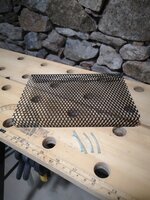
Installation on the R18, the silicone tubes will prevent vibration of the grill on the cooler
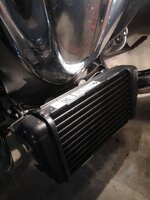
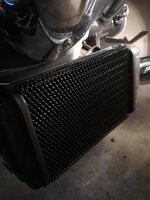
It is done
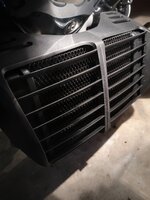
What you need is an aluminium grill and small silicone tube
The grill I got for 15€, black epoxy coated (enough for 3 cooler protection)

The cooler face is 19 cm by 13 cm, so cut the grill 19 cm by 17 cm to get 2 cm on each side to be bent


Slit 4 pieces of silicone tube lengthwise

Installation on the R18, the silicone tubes will prevent vibration of the grill on the cooler


It is done

